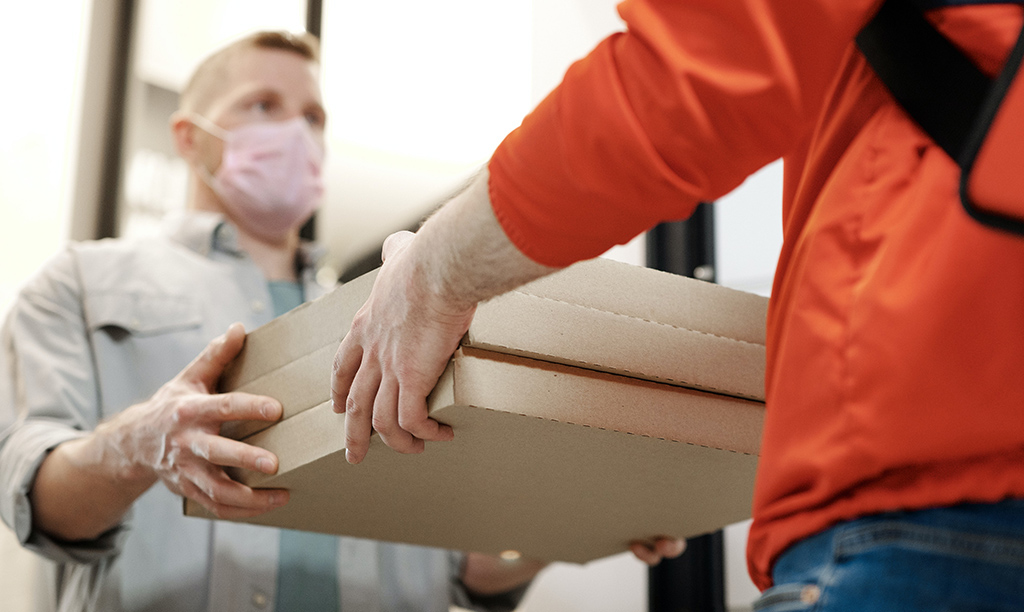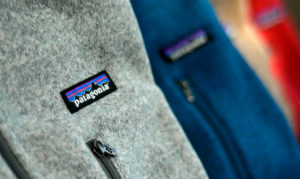Whiplash team, September 11th, 2020
Dining in “the new normal”
In a country like Spain, where the hotel and restaurant industry represented –at least until 2019– more than 6% of GDP, the recovery of the sector more than a necessity is a must. But in the new scenario posed by the COVID-19 era, the old habits of socialization and leisure suffer, and it is possible that they will not be the same again, at least in the near future. In the restaurant sector, both the leading brands of well-known chefs, as well as the small neighbourhood establishments, are forced to rethink their business models, focusing on the one hand on customer safety, and on the other on diversification towards a delivery service, to be able to stay afloat in times of uncertainty.
There is nothing normal about the new normal. Social distancing, the mask and hydroalcoholic gel have become a norm in our reality, at least for a while and, according to the experts, life, as we knew it, will never be the same again. The hospitality sector, which, in 2019 in Spain, had a growth of 3% and reached 25,300 million euros in turnover, foresees a fall of more than 40% in 2020 and the structural loss of some 207,000 jobs. The health regulations imposed to contain the COVID-19 pandemic, the loss of purchasing power of citizens, uncertainty and fear of infection have put restaurants, bars and cafes up against the ropes.
The panorama facing the sector, not only in Spain but also in other countries, has led consulting firms such as EY, Bain & Company or McKinsey to analyse their situation. In fact, the report “Impact of Covid-19 in Hospitality in Spain”, prepared jointly by Bain & Company and EY, stated that the effects of the pandemic could cause a drop in the annual turnover of the Spanish hospitality sector of up to 55,000 million euros during 2020.
All the studies agree that a return to the turnover prior to the declaration of the pandemic will not be be reached quickly. At least not in the next few months, or even in the next few years.
Thus, the entire restaurant industry, from those with several Michelin stars to fast food, need to reconsider their business model to adapt to new regulations, new expectations and new fears.
In his interview in the series Positive change for the day after, the chef with three Michelin stars, Francis Paniego –manager and chef of the restaurant El Portal Echaurren, at the Hotel Echaurren Relais & Chateau and gastronomic advisor to the restaurant of the Hotel Marqués de Riscal and the Sport Hotel Hermitage in Andorra–, predicted that many things had to change within the sector.
“We know that we will not be returning to normality ever again. It will not be a normality as we knew it,” said Paniego. “We will work with gloves. I can“We know that we will not be returning to normality ever again. It will not be a normality as we knew it,” said Paniego. “We will work with gloves. I can see masks for waiters and for the receptionists. The restaurant menu that appears on your own mobile. I mean, you don’t have the menu on your mobile, you’ll have to download the app…” he foresaw.
Anxiety or fear of contagion is one of the factors that influences consumers’ decision not to go to restaurants. In the case of the United States, a McKinsey Pulse survey conducted in June indicated that the majority of consumers are anxious to eat at restaurants, but more than 80% felt a medium to high degree of anxiety at the idea of returning to a restaurant for lunch or dinner.
And although not everyone may suffer the same anxiety, Paniego also warned about the need to take all the necessary measures to guarantee health and calm the clients. “I imagine a person in the bathrooms, that each time a client uses it, another will go in with detergents cleaning knobs, cleaning everything. Technical stops in the kitchen to disinfect. Cleaning. Temperature measurement of workers, temperature tunnels for clients. Disinfecting ozone tunnels, especially for weddings. You are going to see the waiters of a bar behind a glass windowpane, passing you the coffee underneath it: ‘, “Yes sir… a macchiato and a latte. Straight away Sir’. And he serves it under the window, with gloves”.
He was right.
For the time being, the experts’ recommendation is to focus on investing in customer experience and developing a model that recognizes the new economics of the restaurant industry. This includes, for example, reorganizing the restaurant’s design, flow, staffing, and standard operating procedures to be in line with new off-site models, time slot combinations, and customer experience.
Some measures to adjust costs and improve performance include redesigning the menu and prices to find the right balance between Key-value items, specials or limited-time offers, and high-margin items (such as appetizers, side dishes, desserts, and beverages). Take away food and delivery service are gaining ground. Consumers prefer to eat at home or or a get-together at a house. This opens a world of opportunities to find how to add value to customers, deepening the relationship through direct digital communication, loyalty programs and customization.
It is also important to optimize take-away or delivery service operations by re-evaluating staffing, traffic flow, food temperature and food packaging, as well as renegotiating agreements with delivery companies.
In any case, in in the restaurant industry, as in any other sector, taking care of the brand so that it does not become distorted and does not deviate from its purpose in the fight for survival, is essential.




